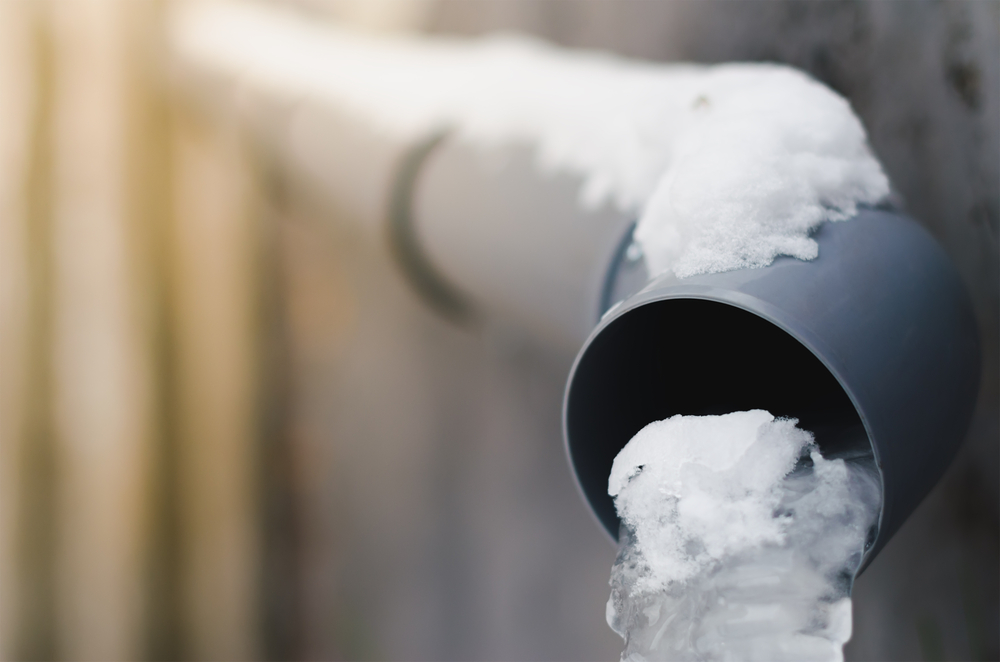Essential Strategies for Avoiding Frozen Plumbing in Cold Weather
Essential Strategies for Avoiding Frozen Plumbing in Cold Weather
Blog Article
They are making several good pointers related to How to Prevent Your Pipes From Freezing in general in the article directly below.

Cold weather can wreak havoc on your plumbing, especially by freezing pipes. Right here's exactly how to avoid it from occurring and what to do if it does.
Intro
As temperatures drop, the threat of frozen pipelines boosts, possibly resulting in pricey repair services and water damages. Comprehending just how to prevent frozen pipes is crucial for home owners in cold climates.
Prevention Tips
Shielding prone pipelines
Wrap pipes in insulation sleeves or utilize heat tape to safeguard them from freezing temperatures. Concentrate on pipes in unheated or outside areas of the home.
Home heating strategies
Keep indoor rooms sufficiently warmed, particularly locations with plumbing. Open closet doors to allow cozy air to flow around pipes under sinks.
How to recognize icy pipelines
Search for reduced water circulation from faucets, unusual odors or sounds from pipelines, and noticeable frost on revealed pipelines.
Long-Term Solutions
Architectural changes
Take into consideration rerouting pipelines away from outside wall surfaces or unheated locations. Include added insulation to attic rooms, basements, and crawl spaces.
Upgrading insulation
Invest in high-grade insulation for pipelines, attic rooms, and wall surfaces. Appropriate insulation assists preserve constant temperature levels and minimizes the danger of frozen pipelines.
Shielding Exterior Pipes
Garden pipes and outdoor faucets
Detach and drain garden pipes prior to winter season. Set up frost-proof spigots or cover outdoor taps with insulated caps.
Understanding Frozen Pipelines
What triggers pipelines to ice up?
Pipes ice up when subjected to temperatures listed below 32 ° F (0 ° C) for prolonged durations. As water inside the pipes freezes, it increases, putting pressure on the pipeline walls and possibly causing them to break.
Threats and problems
Frozen pipes can lead to water supply disturbances, residential or commercial property damage, and expensive fixings. Burst pipes can flooding homes and cause comprehensive architectural damages.
Signs of Frozen Piping
Determining icy pipelines early can avoid them from bursting.
What to Do If Your Pipelines Freeze
Immediate activities to take
If you believe icy pipelines, keep taps open to eliminate stress as the ice melts. Use a hairdryer or towels taken in warm water to thaw pipelines gradually.
Conclusion
Preventing icy pipes requires proactive steps and fast feedbacks. By comprehending the causes, indications, and preventive measures, homeowners can secure their pipes during cold weather.
5 Ways to Prevent Frozen Pipes
Drain Outdoor Faucets and Disconnect Hoses
First, close the shut-off valve that controls the flow of water in the pipe to your outdoor faucet. Then, head outside to disconnect and drain your hose and open the outdoor faucet to allow the water to completely drain out of the line. Turn off the faucet when done. Finally, head back to the shut-off valve and drain the remaining water inside the pipe into a bucket or container. Additionally, if you have a home irrigation system, you should consider hiring an expert to clear the system of water each year.
Insulate Pipes
One of the best and most cost-effective methods for preventing frozen water pipes is to wrap your pipes with insulation. This is especially important for areas in your home that aren’t exposed to heat, such as an attic. We suggest using foam sleeves, which can typically be found at your local hardware store.
Keep Heat Running at 65
Your pipes are located inside your walls, and the temperature there is much colder than the rest of the house. To prevent your pipes from freezing, The Insurance Information Institute suggests that you keep your home heated to at least 65 degrees, even when traveling. You may want to invest in smart devices that can keep an eye on the temperature in your home while you’re away.
Leave Water Dripping
Moving water — even a small trickle — can prevent ice from forming inside your pipes. When freezing temps are imminent, start a drip of water from all faucets that serve exposed pipes. Leaving a few faucets running will also help relieve pressure inside the pipes and help prevent a rupture if the water inside freezes.
Open Cupboard Doors
Warm your kitchen and bathroom pipes by opening cupboards and vanities. You should also leave your interior doors ajar to help warm air circulate evenly throughout your home.

Hopefully you enjoyed reading our piece about How to Prevent Your Pipes From Freezing. Many thanks for spending some time to read through our post. Feel free to take the time to distribute this content if you appreciated it. We value your readership.
Book Appointment Report this page